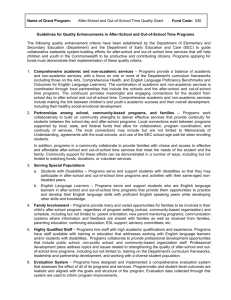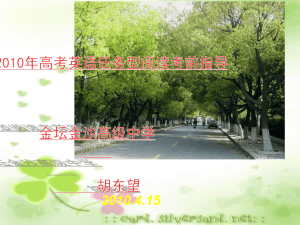SUPPLEMENTARY MATERIALS
advertisement
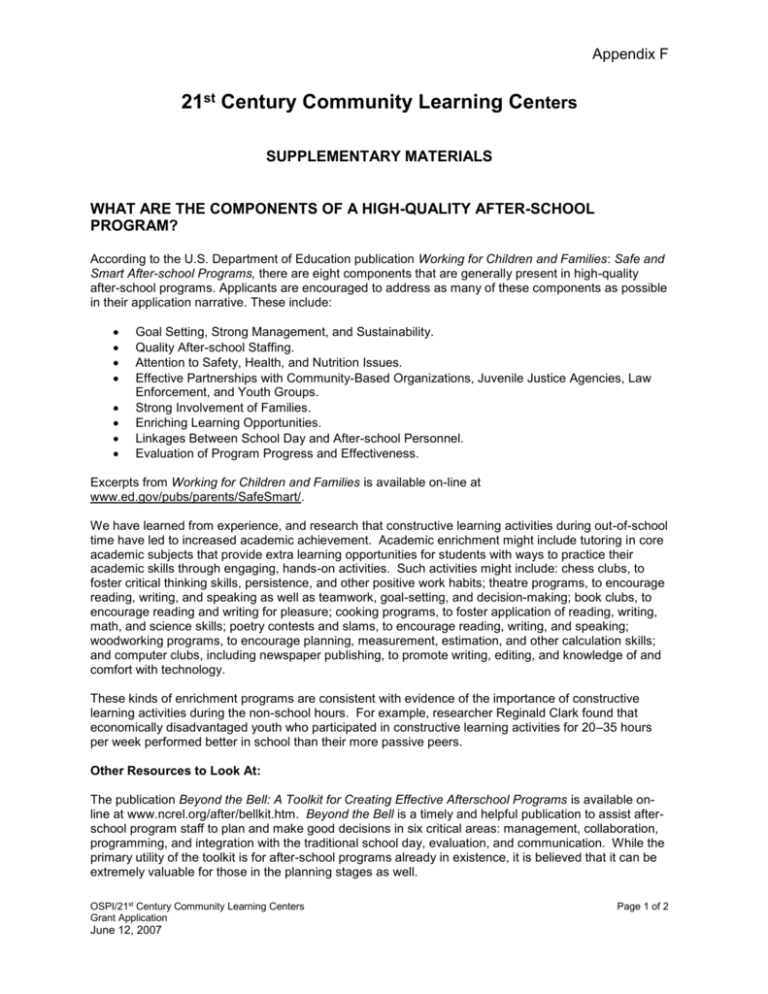
Appendix F 21st Century Community Learning Centers SUPPLEMENTARY MATERIALS WHAT ARE THE COMPONENTS OF A HIGH-QUALITY AFTER-SCHOOL PROGRAM? According to the U.S. Department of Education publication Working for Children and Families: Safe and Smart After-school Programs, there are eight components that are generally present in high-quality after-school programs. Applicants are encouraged to address as many of these components as possible in their application narrative. These include: Goal Setting, Strong Management, and Sustainability. Quality After-school Staffing. Attention to Safety, Health, and Nutrition Issues. Effective Partnerships with Community-Based Organizations, Juvenile Justice Agencies, Law Enforcement, and Youth Groups. Strong Involvement of Families. Enriching Learning Opportunities. Linkages Between School Day and After-school Personnel. Evaluation of Program Progress and Effectiveness. Excerpts from Working for Children and Families is available on-line at www.ed.gov/pubs/parents/SafeSmart/. We have learned from experience, and research that constructive learning activities during out-of-school time have led to increased academic achievement. Academic enrichment might include tutoring in core academic subjects that provide extra learning opportunities for students with ways to practice their academic skills through engaging, hands-on activities. Such activities might include: chess clubs, to foster critical thinking skills, persistence, and other positive work habits; theatre programs, to encourage reading, writing, and speaking as well as teamwork, goal-setting, and decision-making; book clubs, to encourage reading and writing for pleasure; cooking programs, to foster application of reading, writing, math, and science skills; poetry contests and slams, to encourage reading, writing, and speaking; woodworking programs, to encourage planning, measurement, estimation, and other calculation skills; and computer clubs, including newspaper publishing, to promote writing, editing, and knowledge of and comfort with technology. These kinds of enrichment programs are consistent with evidence of the importance of constructive learning activities during the non-school hours. For example, researcher Reginald Clark found that economically disadvantaged youth who participated in constructive learning activities for 20–35 hours per week performed better in school than their more passive peers. Other Resources to Look At: The publication Beyond the Bell: A Toolkit for Creating Effective Afterschool Programs is available online at www.ncrel.org/after/bellkit.htm. Beyond the Bell is a timely and helpful publication to assist afterschool program staff to plan and make good decisions in six critical areas: management, collaboration, programming, and integration with the traditional school day, evaluation, and communication. While the primary utility of the toolkit is for after-school programs already in existence, it is believed that it can be extremely valuable for those in the planning stages as well. OSPI/21st Century Community Learning Centers Grant Application June 12, 2007 Page 1 of 2 Appendix F After-School Programs and the K–8 Principal at www.naesp.org/afterschool/report.pdf NSACA Standards for Quality School-Age Care at www.nsaca.org Continuous Improvement Management Guide for 21st CCLC at www.ed.gov/offices/OUS/PES/21cent/cim226.pdf Harvard Family Research Project’s Out-of-school-Time Evaluation Database at http://www.gse.harvard.edu/~hfrp/projects/afterschool/evaldatabase.html OSPI/21st Century Community Learning Centers Grant Application June 12, 2007 Page 2 of 2
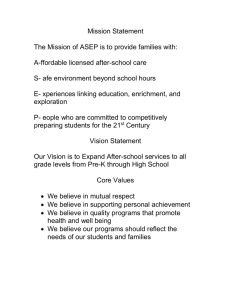
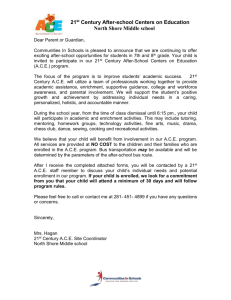
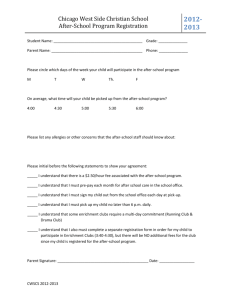
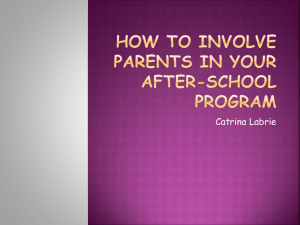
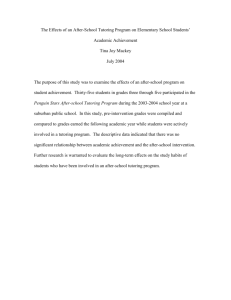
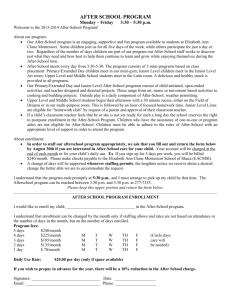

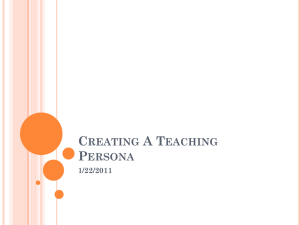
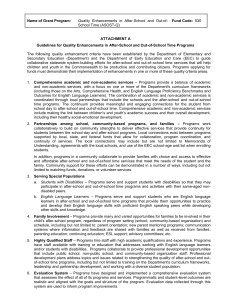
![After School Advocacy.ppt1[1]](http://s3.studylib.net/store/data/009785079_1-4175f10bb9a34649ba94b657848a467d-300x300.png)
